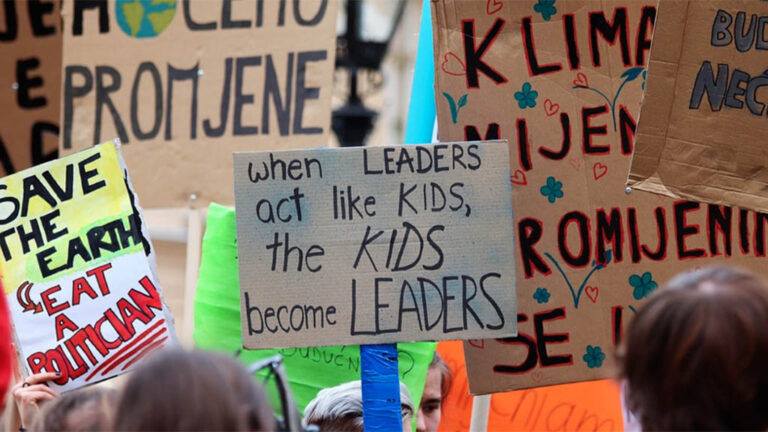Both of us remember hearing news of a girl named Greta on strike alone in front of the Swedish Parliament, holding a sign reading ”Skolstrejk för klimatet”. It was hard to imagine then that a few months later, on 20 September 2019, she would inspire more than four million people to follow her example at the biggest climate demonstration in history.
Like no other, Greta is the poster child of 21st century activism, supported by street demonstrators and hashtags on social media. For many, she is a symbol of hope in the fight against climate change. But while she is arguably unique in how far up the chain she has taken her activism and how much she has come to represent, she is by no means unique in standing up for a cause she believes in, and making a sacrifice to do so.
Activists have shaped history countless times, through individual protest, collective action and large social movements. Be it the four students who started the Greensboro sit-ins in 1960 that led Woolworths to abandon its policy of racial segregation; Silvia Rivera, who was a key figure in the US gay liberation movement in the 1970s; demonstrators during the 1989 Peaceful Revolution in East Germany that led to the opening of borders and reunification; five million Indian women who literally joined hands together earlier this year to form a 620 km chain of women’s rights; or the recent uprisings in Chile to fight wealth inequality – all have, in one way or another, brought about transformative and lasting change.
This issue of the FUF magazine will explore the many faces of activism and its role in development – how it can be useful, why it might be necessary, and where it falls short. Happy reading!


